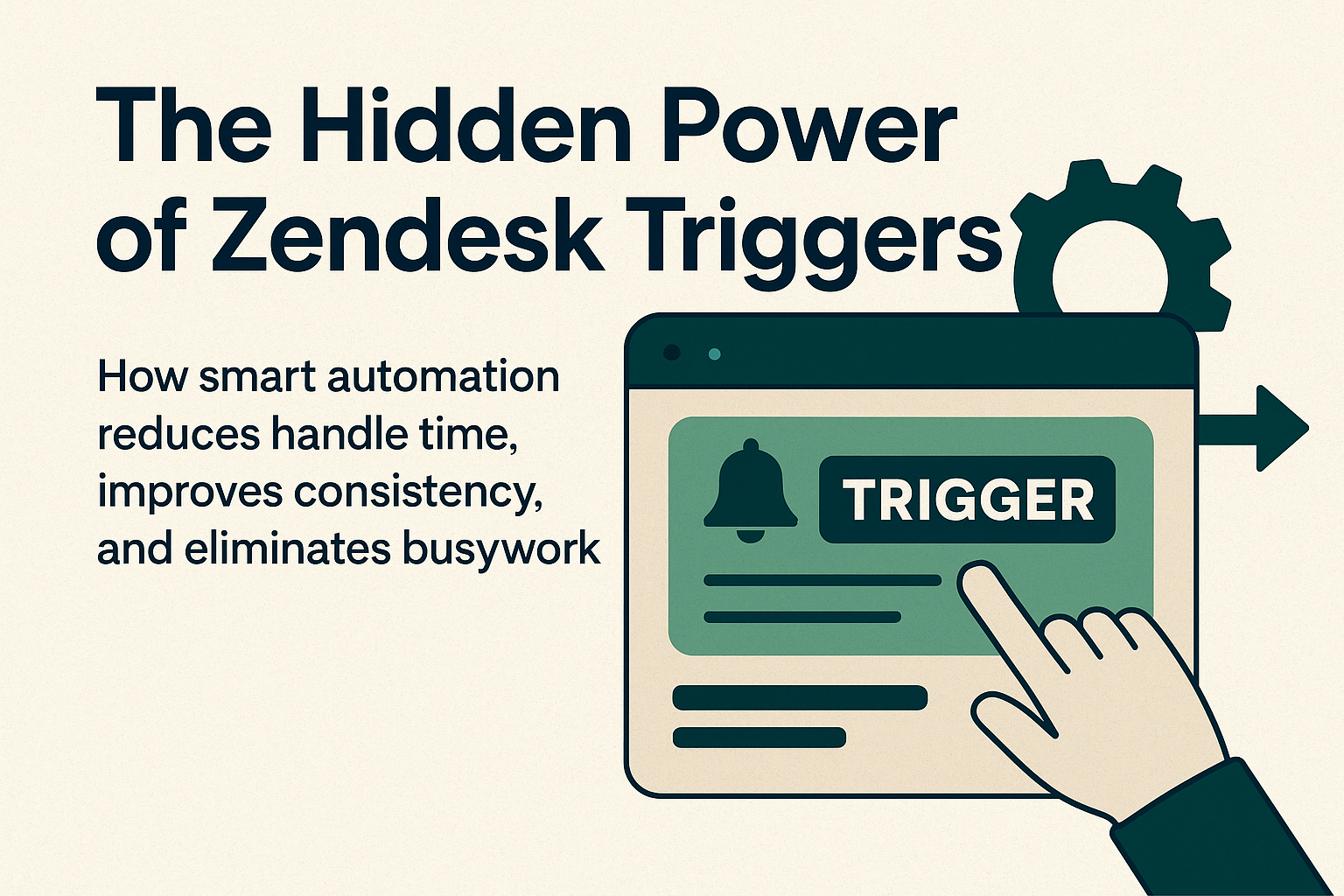
After years of working in the customer service industry, I’ve learned that keeping customers happy while delivering unwanted news is one of the hardest parts of the job. Early on in my frontline customer service career I realized that the bad news lands easier when you sandwich it between two pieces of positive feedback. I eventually learned that there’s a name for this way of thinking: “Kiss, Slap, Kiss”.
So what is the "Kiss, Slap, Kiss" approach? It is a metaphorical method to customer service that involves three key stages in addressing customer interactions. Here's an explanation of each stage:
Kiss (Positive Interaction):
In this stage, "Kiss" represents the positive and welcoming aspect of customer service. It involves greeting the customer warmly, showing empathy, and creating a positive initial impression. This step is crucial for setting the tone of the interaction and making the customer feel valued.
Slap (Addressing the Issue):
The "Slap" phase involves addressing any concerns or issues the customer may have. This could include solving problems, answering questions, or ultimately just saying “no”.
Kiss (Positive Closure):
The final "Kiss" represents the positive closure of the interaction. After saying “no”, focus on what you can do and what steps you are able to take to help them. This may take some creative thinking on your part, but it’s important to take the time and find out what other solutions you can provide a presumably frustrated customer. The final “kiss” is the most important, because it is the last impression your customer will be left with after reading your email. Make it count!
The "Kiss, Slap, Kiss" approach emphasizes the importance of balancing positive and negative interactions during the customer service process. It recognizes that even when addressing issues (the "Slap" phase), it's essential to maintain a positive and helpful attitude throughout the entire interaction. This approach aims to turn potentially negative experiences into opportunities to strengthen the customer-business relationship.













